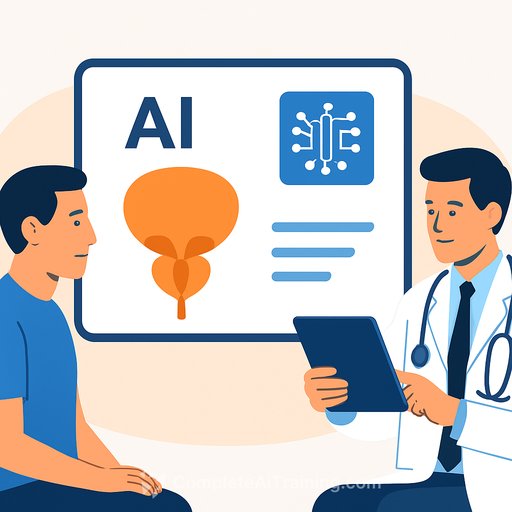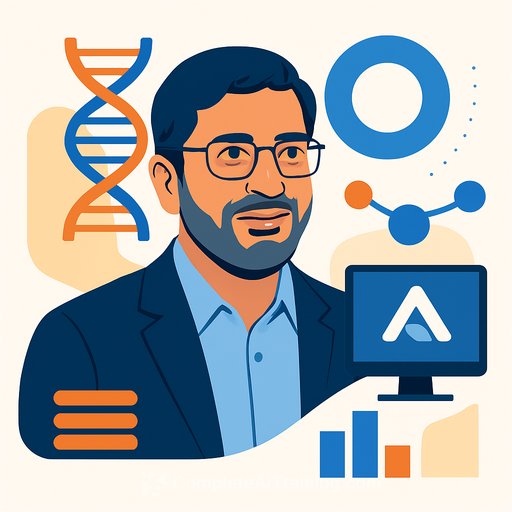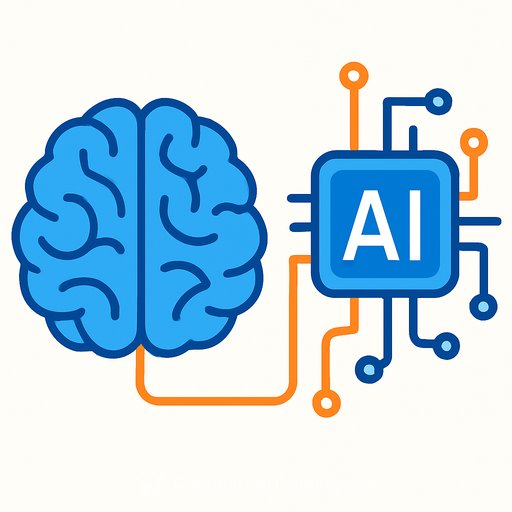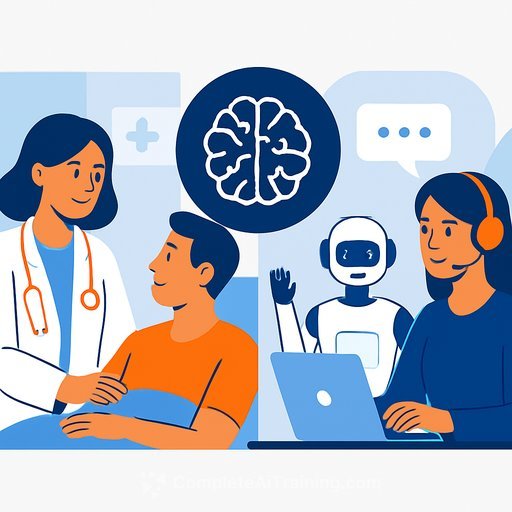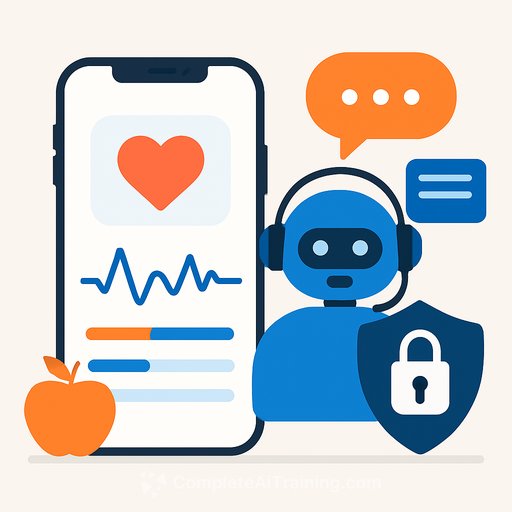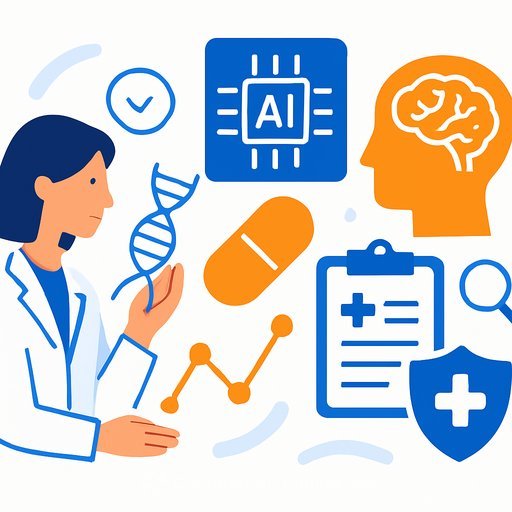NHS trials AI tool to cut prostate cancer diagnosis to a single day
The NHS is testing AI software that analyses prostate MRI scans in minutes. Up to 15 hospitals, including Leeds Teaching Hospitals NHS Trust, will run the pilot and process around 10,000 scans. The goal: move some men from referral to biopsy in a single day, while giving others fast reassurance without the wait.
What's changing
Today, men can wait days or weeks for an MRI, the radiologist report and, if needed, a biopsy. A shortage of radiologists creates bottlenecks, leaving some patients in limbo for over a month. The AI system acts as a first pass: it scores risk, maps suspicious areas and pushes high-risk scans to the top of the list for rapid human review.
If flagged as high risk, a clinician can book a biopsy the same day. If low risk, patients can get timely reassurance instead of weeks of anxiety. The software doesn't replace clinicians; it prioritises and supports them.
How the AI fits into clinical workflow
- AI processes MRI images in minutes and highlights suspicious lesions.
- High-risk scans are prioritised for a radiologist's immediate review.
- Clinicians decide next steps in context of symptoms, history and PSA results.
- Lower-risk cases can be de-escalated faster, reducing unnecessary biopsies.
Early studies suggest performance that can match radiologists in certain settings, but the real test is busy NHS hospitals. Accuracy, consistency and safety checks must hold under pressure.
Why speed matters (and where it doesn't)
Prostate cancer is the most commonly diagnosed cancer in men in England. Too many men are still diagnosed late, when treatment is harder and survival drops. Faster diagnosis could improve outcomes and reduce the emotional toll of waiting.
But faster isn't automatically better. Many prostate cancers are slow-growing and may never cause harm. Detecting these too early can lead to overtreatment and side effects. The value lies in better triage: find aggressive disease quickly and avoid unnecessary procedures in low-risk cases.
Equity and access
Care quality varies by location. Not every hospital has a subspecialist radiologist available. If the pilot succeeds, AI could help standardise the first read of scans, so a man's postcode is less likely to dictate the speed and quality of assessment.
This also relieves workload. Offloading initial interpretation lets radiologists focus on the toughest cases. That matters in a workforce already under strain.
NHS guidance on prostate cancer and UK radiology workforce data provide useful background on the demand and capacity challenges this pilot aims to address.
What to watch during the pilot
- Time to diagnosis: from referral to MRI, report and biopsy decision.
- Diagnostic performance: sensitivity, specificity, false positives/negatives.
- Impact on biopsies: fewer unnecessary procedures without missing aggressive disease.
- Patient experience: anxiety, clarity of communication, speed of results.
- Equity: consistency of access and outcomes across sites.
- Cost-effectiveness: total pathway cost per accurate diagnosis.
What this means for teams now
- Plan workflows where AI flags are reviewed fast by named clinicians.
- Set clear criteria for when to proceed to biopsy the same day versus watchful waiting.
- Track outcomes and feed back to radiology and urology teams weekly.
- Ensure patients understand what "AI-supported" means: it informs decisions; it doesn't make them.
There's also momentum for screening. Recent research suggests most men would consider taking part, which could boost early detection in high-risk groups. If confidence in AI-supported pathways grows, uptake may follow.
Bottom line
This pilot tackles two problems at once: the emotional cost of waiting and the operational drag from capacity gaps. If it proves accurate, safe and cost-effective, it could reset expectations for prostate cancer diagnosis across the NHS. The next few months will show whether faster pathways translate into better outcomes-and where guardrails are needed.
If you work on clinical AI projects and want to build practical skills, explore curated training and tools at Complete AI Training.
Your membership also unlocks:

